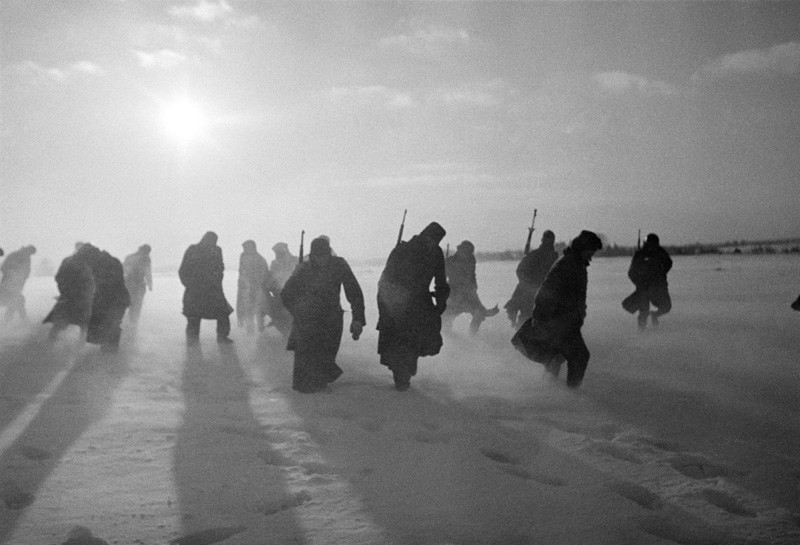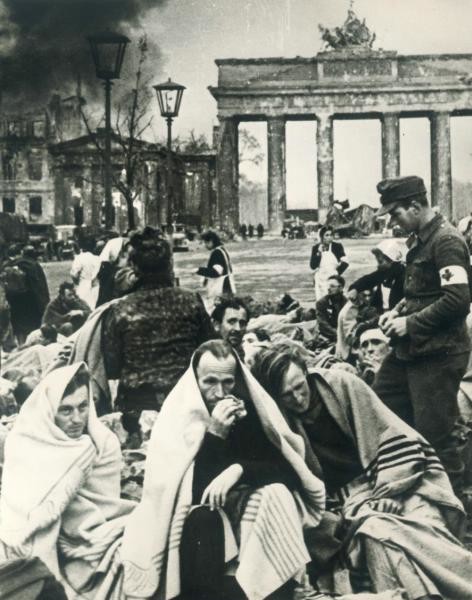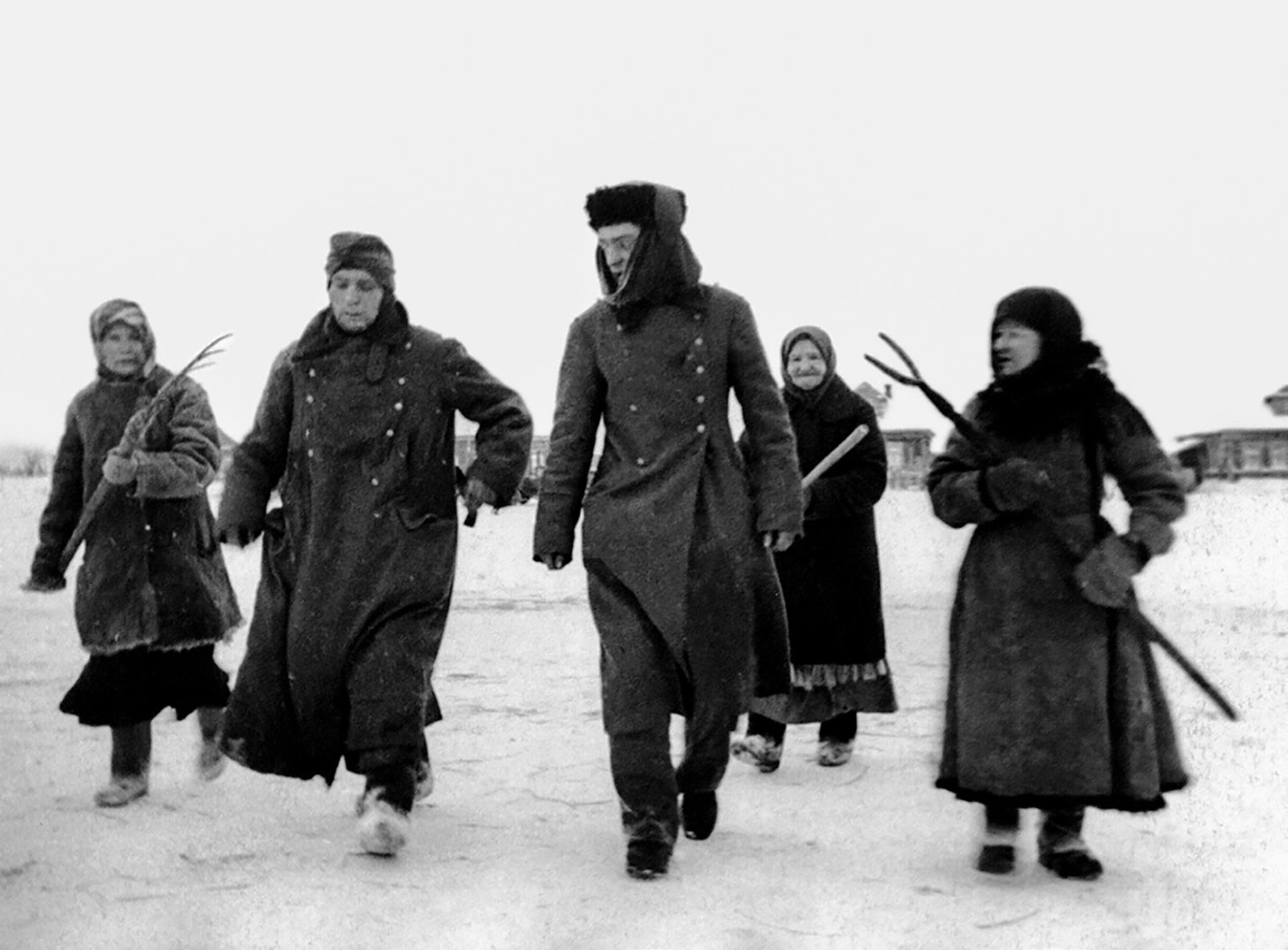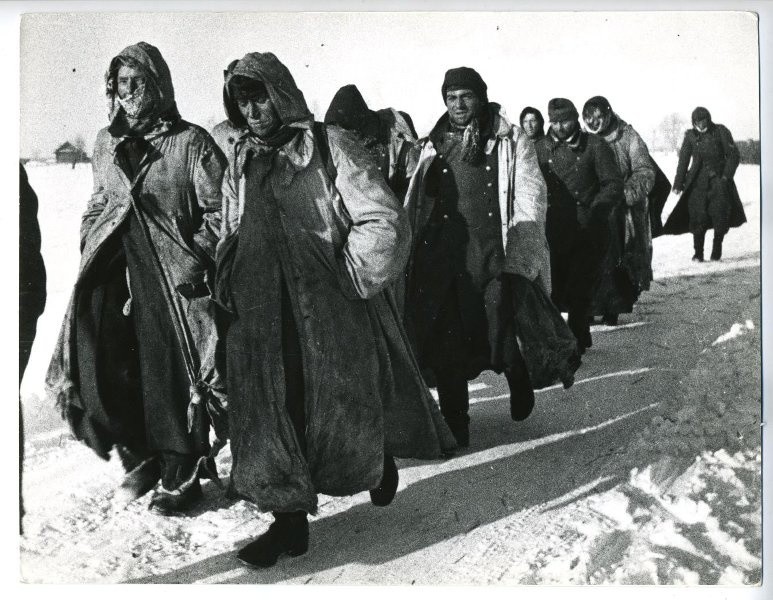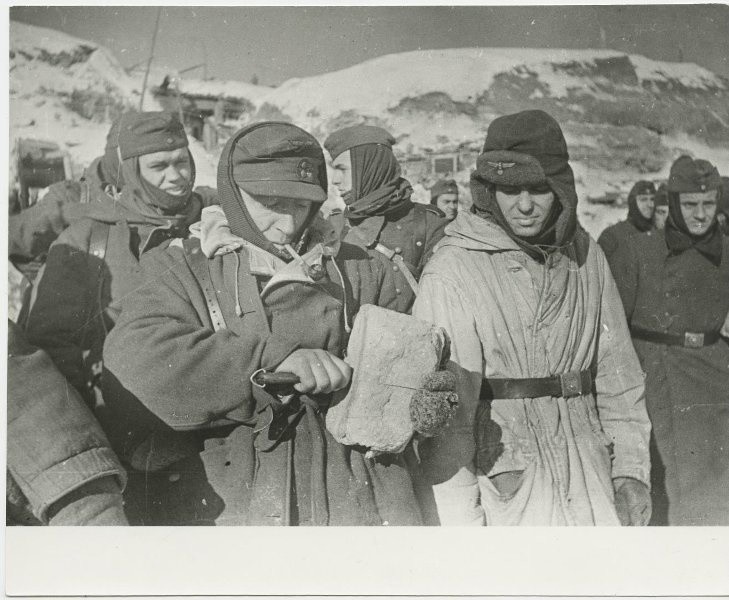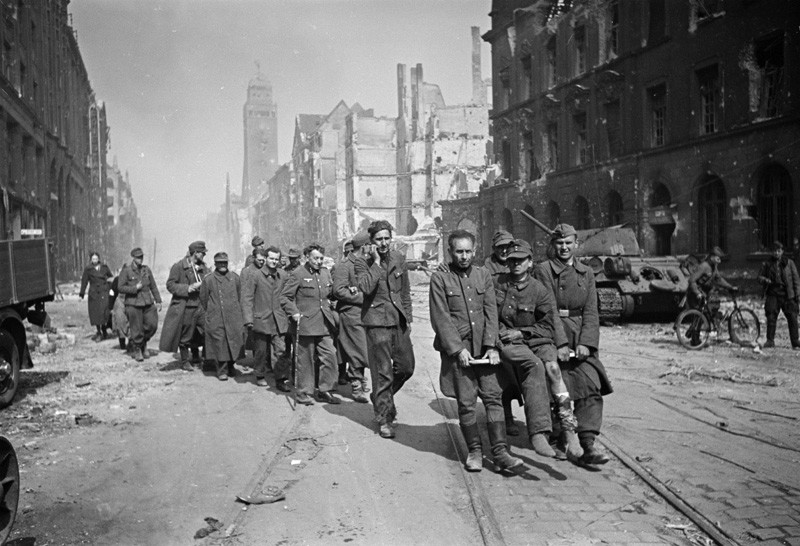Was Soviet captivity hell for German POWs?
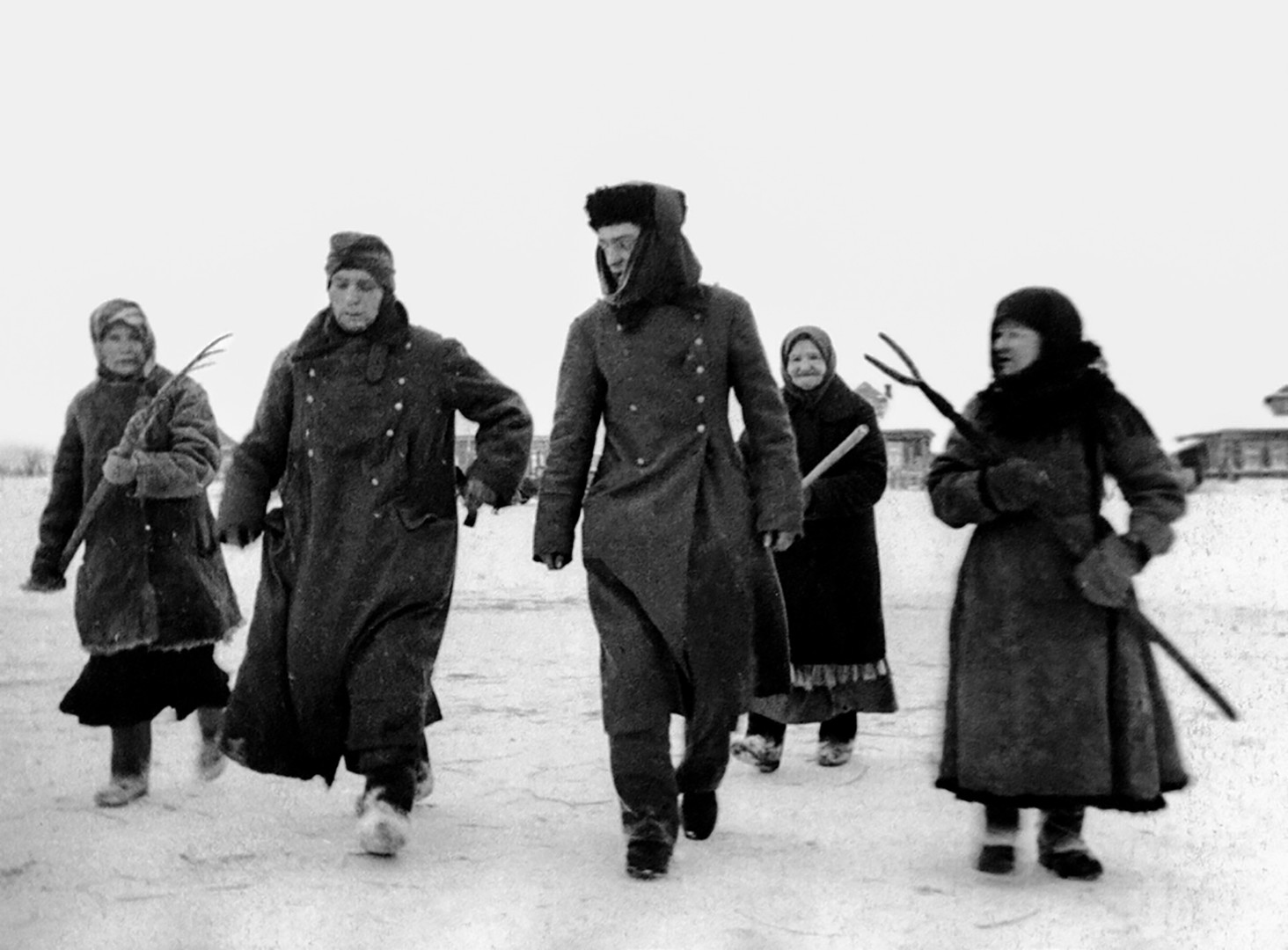
To implement the Barbarossa plan – the invasion of the USSR – Germany used a wide range of allies, satellite states and volunteers from around Europe. It is therefore not surprising that POWs in the Soviet Union counted dozens of nationalities: Germans, Italians, Romanians, Hungarians, Finns, Croats, Swedes etc.
In the Soviet Union, German POWs were not a topic for public discussion. Even today the total number of Germans and Axis allies in Soviet captivity remains a contentious issue. The figure varies from 2.3 to 3.4 million.
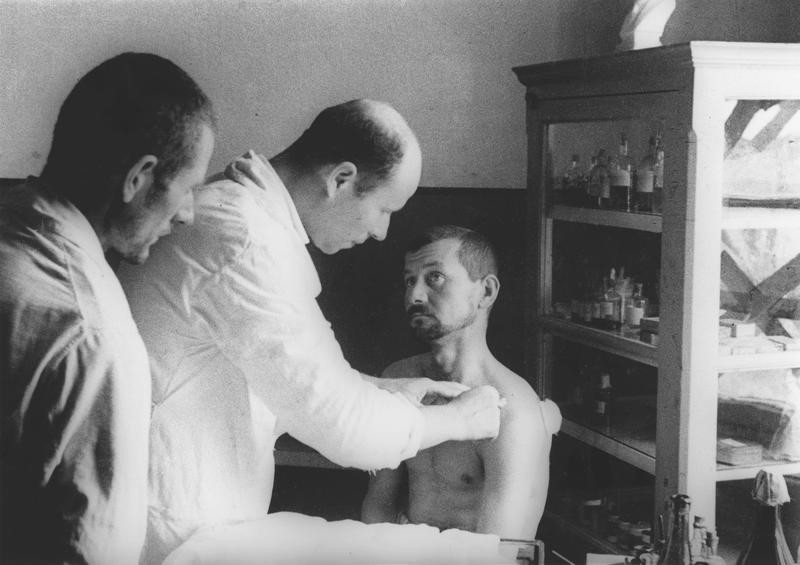
Romanian POWs at the Odessa prison camp in August 1941.
Anatoly Egorov/МАММ/russiainphoto.ruOver 300 camps in the rearmost territories of the Soviet Union were built to keep prisoners. They were not large, each camp contained from a hundred to several thousand prisoners. Some camps existed just several months, some remained active for years.
German POWs were actively used for logging, building houses, construction of bridges and dams, and other types of work. As Soviet Minister of Foreign Affairs Vyacheslav Molotov once said, not a single German prisoner would return home until Stalingrad was rebuilt.
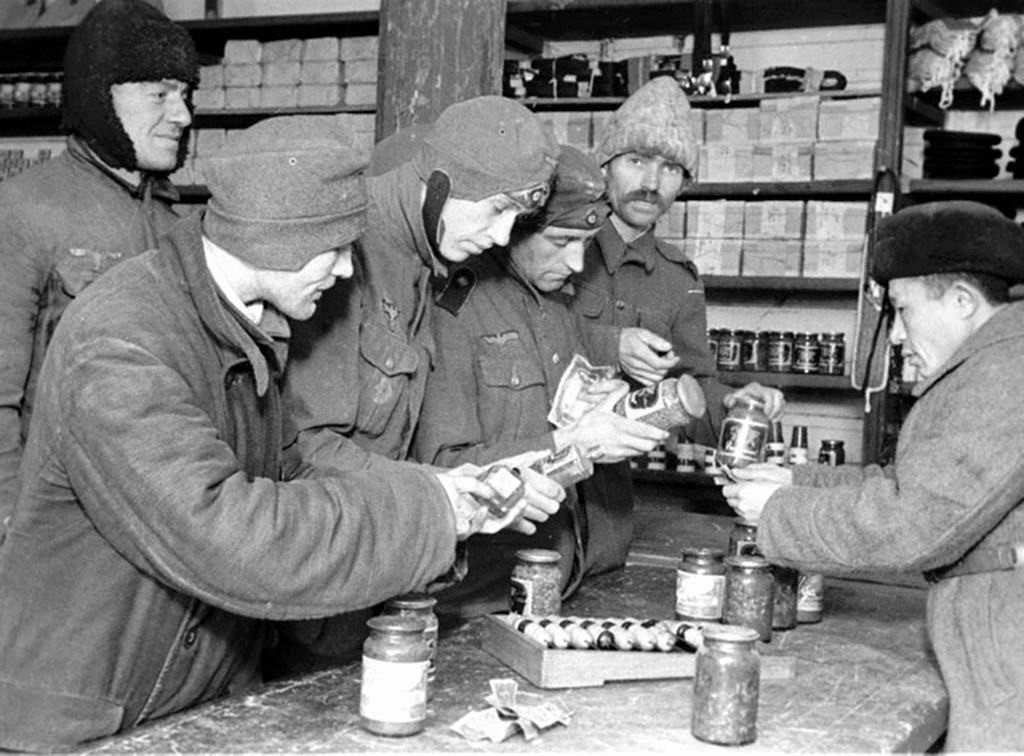
The work of German prisoners in the Soviet Union was far from being slave labor. The working day was no longer than eight hours, and prisoners were also paid, although not much. Those who exceeded their quotas got an additional bonus that could be put in a bank account. Some freed prisoners bought up all the jewelry in local shops before they left for home.
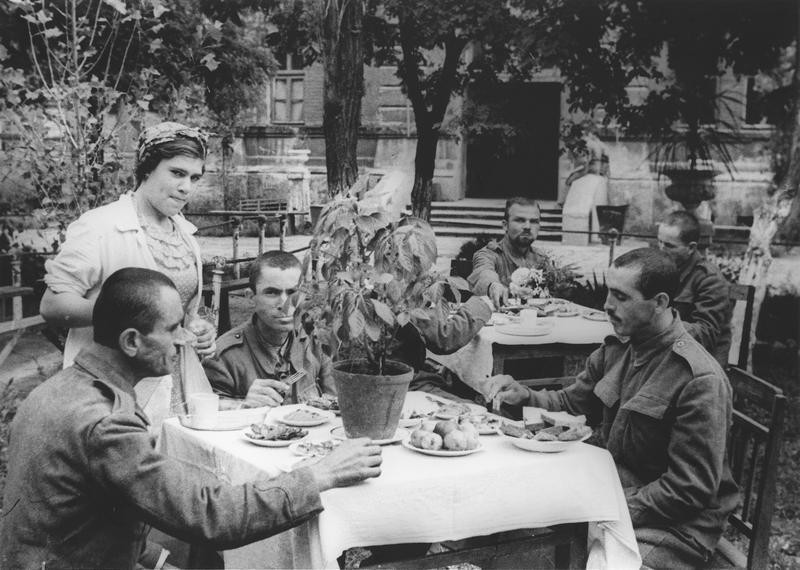
Romanian POWs at the Odessa prison camp in August 1941.
Anatoly Egorov/МАММ/russiainphoto.ruAttitudes to prisoners from other Axis countries were better than to those from Germany. They had some privileges and could even work in the kitchen. That’s why many Germans tried to hide their true identity and distance themselves from the “nation of aggressors.”
POWs were not always well-behaved. Sometimes prison breaks occurred. From 1942 to 1948, over 11 000 prisoners tried to flee, but only 3% of them got lucky.
There were even revolts and riots. In January 1945, POWs at a camp near Minsk were displeased with the poor level of nutrition. They barricaded the barracks and took the guards hostage. When attempts to negotiate failed, the Soviet artillery moved in. Over 100 people died.
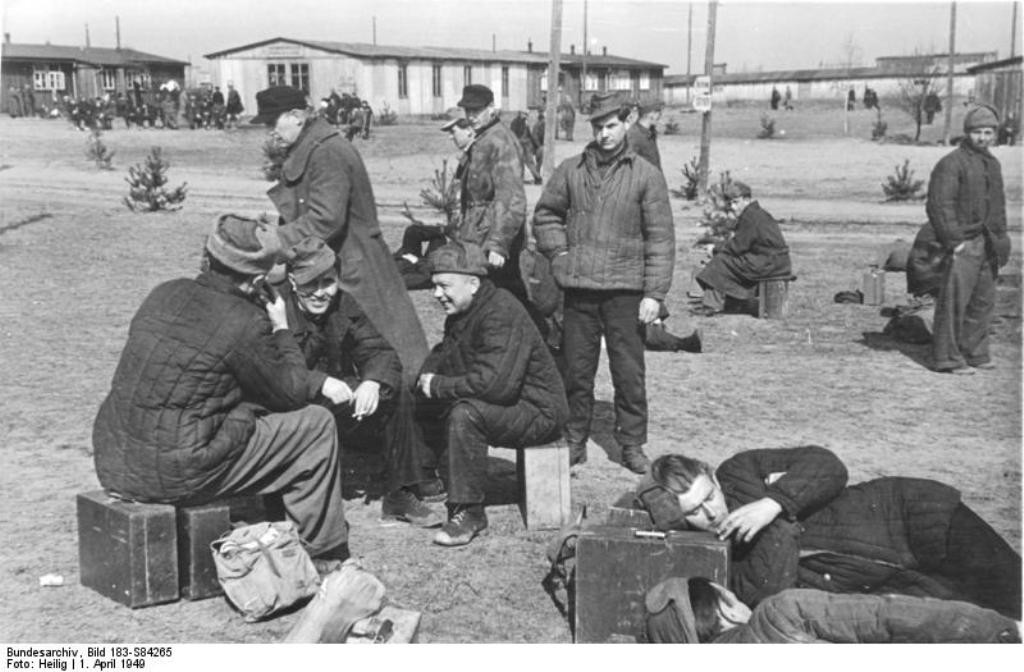
The repatriation of POWs from the Soviet Union began shortly after the war, when in 1946 the sick and disabled were sent to their home countries. About 2 million prisoners were repatriated from 1946 to 1955. The final amnesty took place in 1955 after a visit by FRG Chancellor Konrad Adenauer to the Soviet Union.
According to data, almost 15% of Axis POWs died in Soviet captivity. Most of the deaths occurred during the war years, when there was a serious lack of food, warm clothes and adequate housing. Still, the number was small compared to the proportion of Soviet POWs who died in Germany – 58%.
If using any of Russia Beyond's content, partly or in full, always provide an active hyperlink to the original material.
Subscribe
to our newsletter!
Get the week's best stories straight to your inbox
